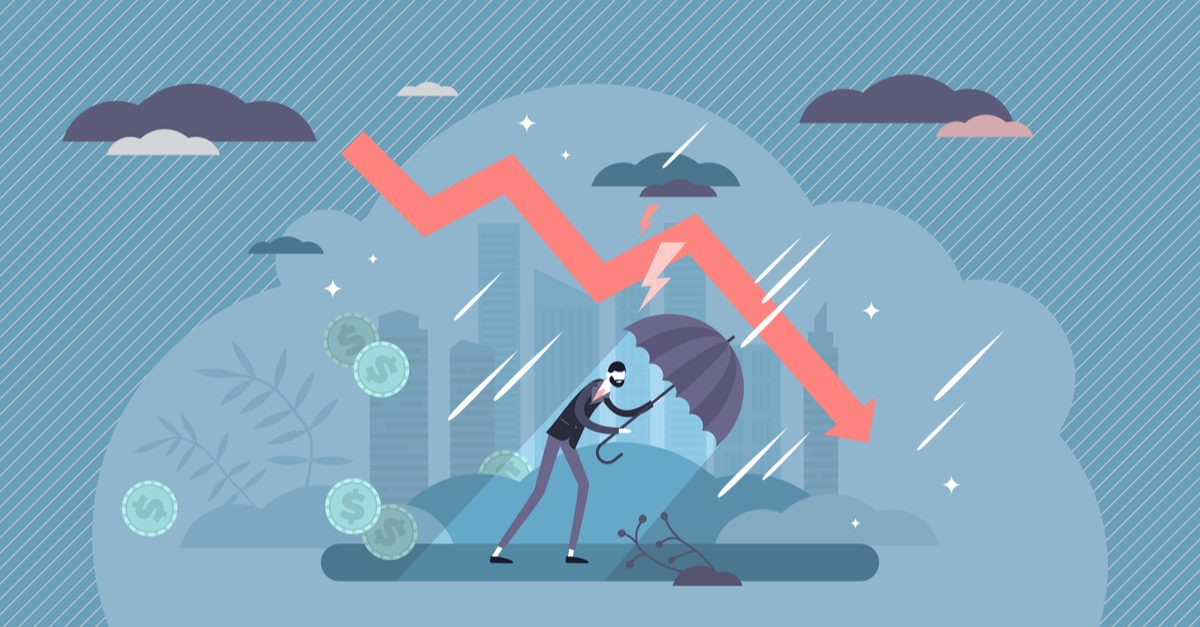
Where is demand going? I notice that many companies no longer have a clue. Where in the first lock-down we still felt relatively in control, the second wave in Europe and semi-lockdown is making matters worse. I see big question marks in the eyes of experienced executives. Demand is going up and going down in ways we can no longer explain. I believe the second wave of COVID19 is the doomsday for traditional forecasting. The doomsday we may have been waiting for.
It’s been 8 years now since as Solventure we’ve started our research on how to include external data like macro-economic drivers into the forecast. We started exploring with master students as a master thesis or summer internship. We have sponsored 2 PhD’s on the subject since.
The principle is ‘logical’ and ‘intuitive’. Automotive and construction, to give two examples, are known to be cyclical. We can try to predict where demand will be going, by analyzing where we are in the cycle based on leading macro-economic indicators. The results, right from the start, have been promising. If there is a change in the cycle, a trend change, traditional forecasting techniques and humans have been slow to adapt and biased by the recent history. It means we are too late to steer down in an economic downturn, and which is even more painful, steer up when the economy revives. That creates a huge tension in our beloved Supply Chain Triangle and leads to a loss of value in companies (excess inventories and costs in a downturn, service issues and firefighting costs in an upturn).
Though it is logical and promising, companies have been slow to adapt. Why? I believe because so far ‘we still felt in control’. We knew we were missing the ball from time to time but that seems to be just how we run our business. It might also have to do with algorithm aversion. Though every company wants to become digital, we are still wary when it comes to trusting advanced analytics. We’d also rather trust our gut feeling and experience than some indicators which, at least at first sight, seem less intuitive. Or we’d rather trust an indicator that is less strong but to which we can relate more easily.
The days of traditional forecasting (simple extrapolation methods + enrichment through a collaborative process) are gone. The reason is many of us are now completely out of sync with what is driving demand. In our early projects we have focused on predicting demand 6-12 months out. Today, companies want to understand where their demand will be going 1-3 months out. The ‘normal’ indicators and ‘normal’ relationships in a ‘normal’ economic situation are of little use in the COVID crisis. So we’re done with the gut feeling. We’re now looking for a new set of indicators that can explain us where the market is going in a crisis period like COVID. We must rebuild our gut feeling. To understand that crisis behavior, we study previous crisis periods like the global financial crisis, or the euro crisis.
Where senior executives were ‘flying on the automatic pilot’ and saw little added value of changing the gut feeling to a more algorithmic and data driven approach, it seems like we have entered a storm. In the beginning of the storm, we still felt in control. Some companies were going down, some were up. But as the storm continues and the turbulence increases, we’ve lost our orientation. That’s good news!
Good news, because it will help companies adopt a more algorithmic and data-driven approach to forecasting. How? Let’s start by clarifying what is driving demand over the next 2-3 months, and then use that same approach to refine where demand is going over the next 6-12 months, once we get out of the storm. Gut feeling is good, but going forward let’s complement it with data. A good model will challenge the gut feeling, and a good gut feeling can challenge the model. The combination of the two always leads to a better result.
Find out how you can improve your forecasting practices in this free E-book! We show you how including external market data in your demand planning gives you better insights in which factors drive your market.
These Stories on Demand Planning